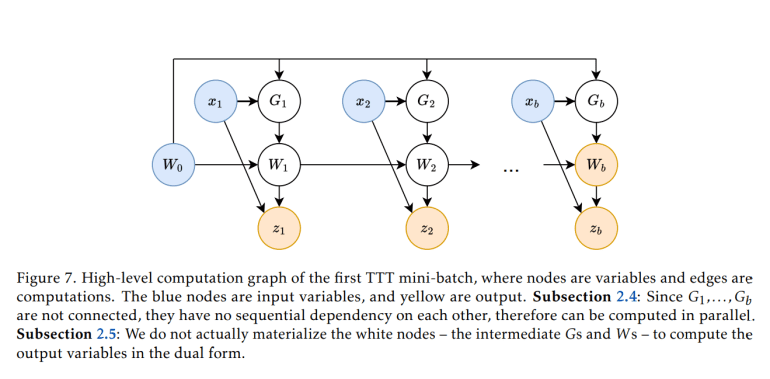- TTT models represent a new paradigm in generative AI, departing from traditional transformer architectures.
- Developed by a consortium of researchers from Stanford, UC San Diego, UC Berkeley, and Meta, TTT aims to overcome computational barriers seen in transformers.
- Unlike transformers’ reliance on expansive hidden states, TTT models utilize internal machine learning models that maintain fixed-weight variables, promising enhanced efficiency.
- TTT models can process diverse data types efficiently, from text to multimedia content like videos and audio recordings.
- While promising, TTT’s scalability and performance compared to transformers require further validation through broader implementation and empirical testing.
Main AI News:
Test-time training (TTT) models are emerging as a potential evolution in generative AI, marking a departure from the dominance of transformer architectures that have shaped models like OpenAI’s Sora and Anthropic’s Claude. Transformers, while powerful, are encountering significant computational barriers, especially on standard hardware setups, leading to unsustainable increases in power consumption as companies expand infrastructure to accommodate their demands.
Developed collaboratively by researchers from Stanford, UC San Diego, UC Berkeley, and Meta over a year and a half, TTT introduces a groundbreaking approach. Unlike transformers, which rely on expansive and computationally demanding hidden states to process and store data, TTT models employ an internal machine learning model that encapsulates data into fixed-weight variables. This design choice ensures that the size of the internal model remains constant regardless of the volume of data processed, thereby promising enhanced efficiency without the exponential compute demands associated with traditional transformers.
Yu Sun, a post-doctoral researcher at Stanford and a key contributor to TTT research, likened transformers’ hidden states to the model’s “brain,” essential for tasks like contextual learning but burdensome in computational terms. TTT models sidestep this limitation by integrating nested machine learning models, maintaining a consistent internal model size regardless of the input data’s scale. This capability positions TTT models to process a wide array of data types—from textual information to multimedia content like videos and audio recordings—far more effectively than current transformer architectures allow.
While TTT models show considerable promise, particularly in addressing scalability and computational efficiency challenges, questions remain about their integration into existing AI frameworks and their comparative performance against established transformer models. Critics, including Mike Cook from King’s College London, caution that while TTT represents an intriguing innovation, its practical advantages over existing architectures require further substantiation through empirical data and broader implementation.
The ongoing exploration of alternative approaches, such as state space models (SSMs) pursued by AI21 Labs and others, underscores the industry’s commitment to overcoming the limitations of current AI frameworks. As research accelerates, innovations like TTT and SSMs hold the potential to not only enhance the efficiency and accessibility of generative AI but also pave the way for future breakthroughs in AI technology across various domains.
Conclusion:
The emergence of Test-Time Training (TTT) models marks a significant advancement in generative AI, offering potential solutions to the computational inefficiencies plaguing traditional transformer architectures. This innovation not only promises enhanced efficiency in data processing but also opens avenues for handling diverse data types more effectively. However, challenges remain in integrating TTT into existing AI frameworks and demonstrating its superiority over established transformer models. As research progresses, the adoption of TTT and similar advancements like state space models (SSMs) could reshape the landscape of generative AI, potentially influencing market dynamics by offering more scalable and efficient solutions to industry needs.

